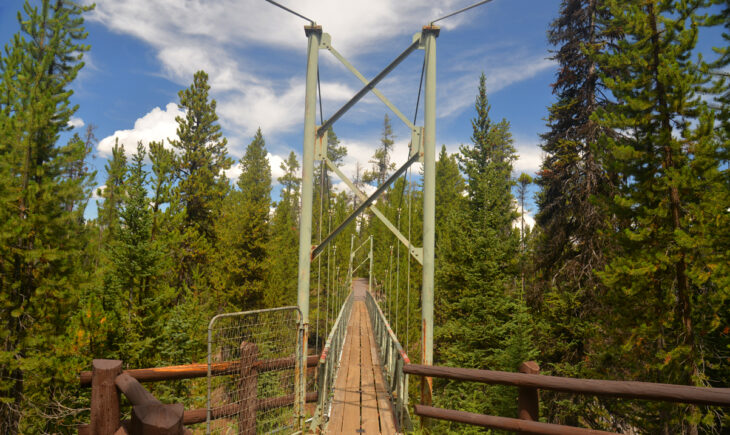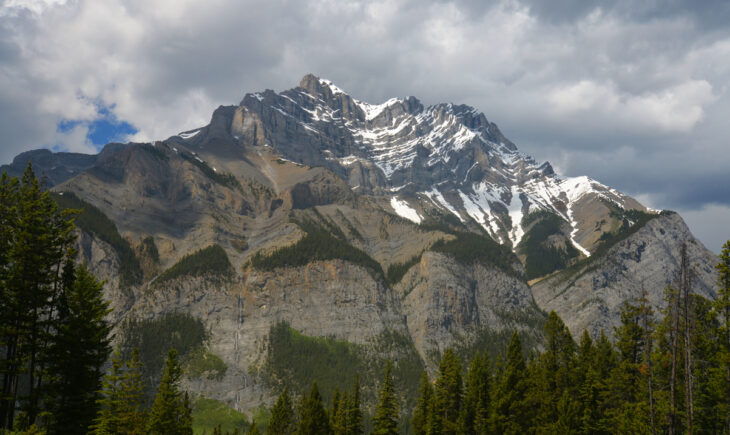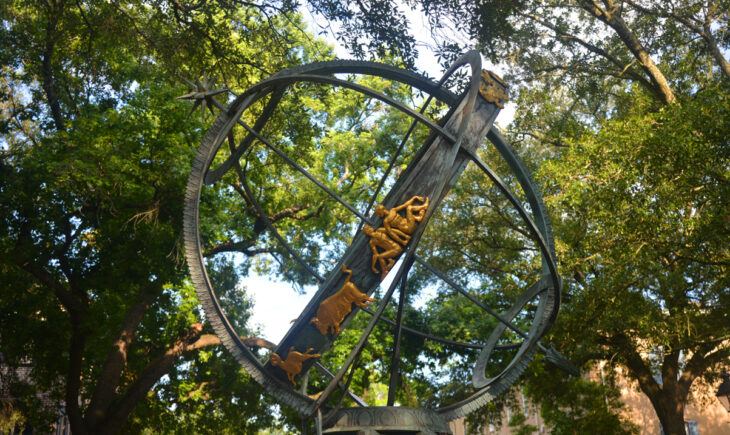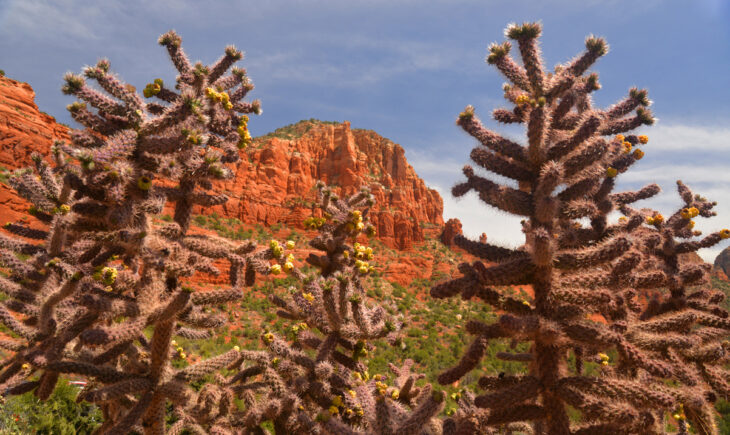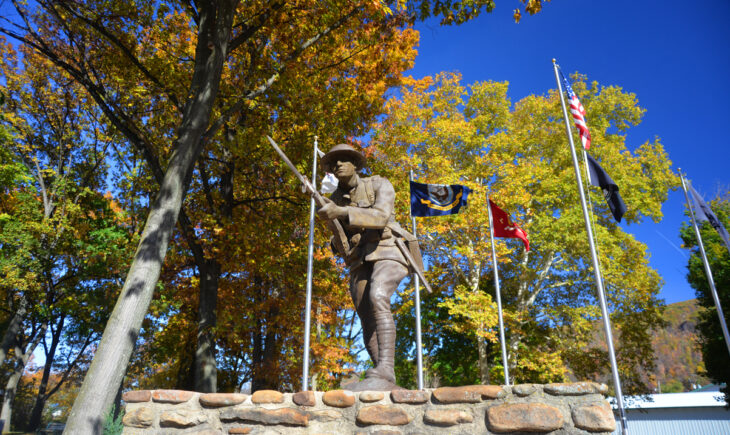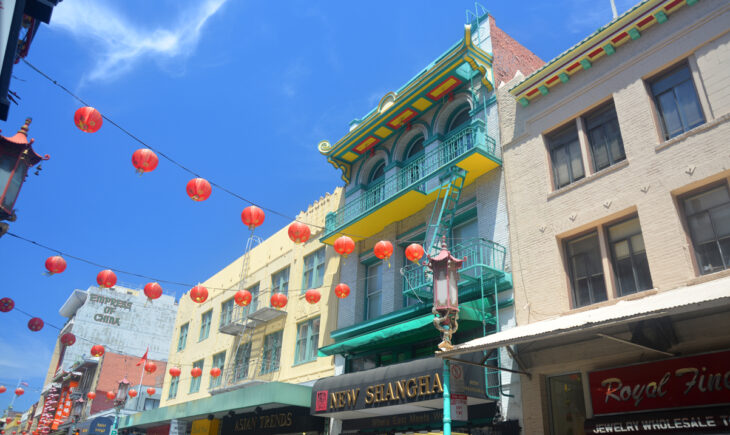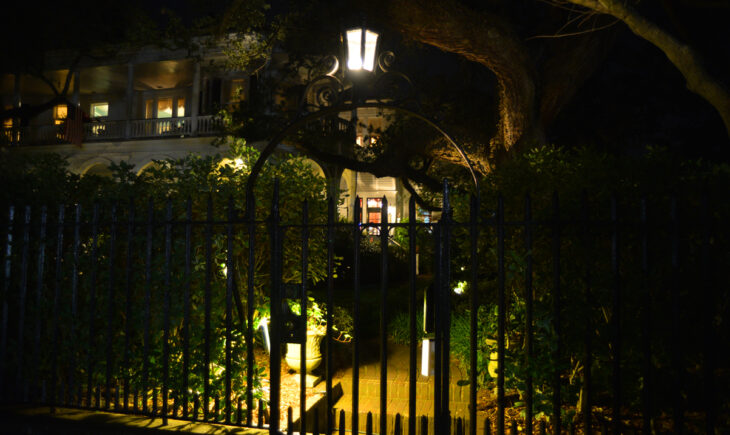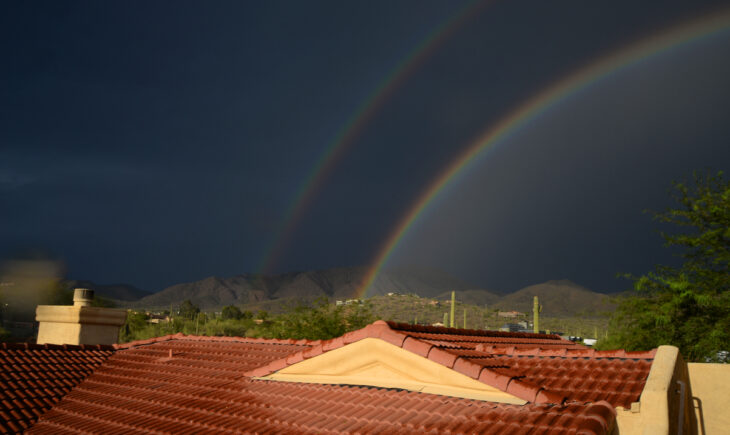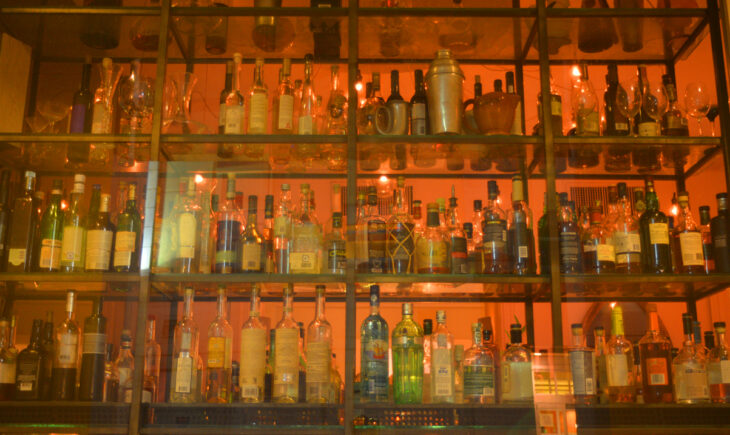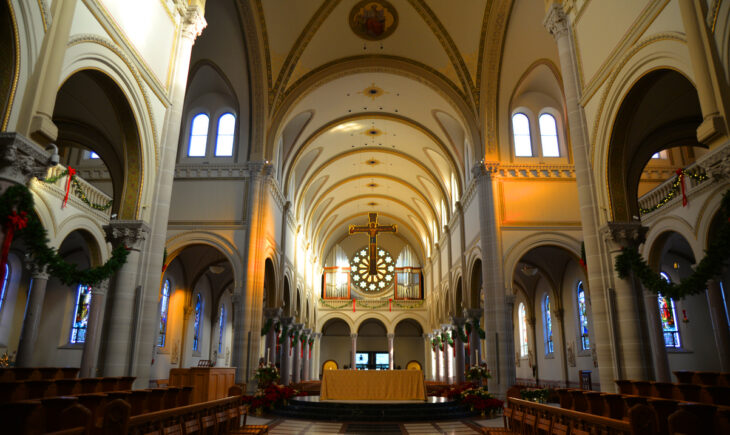When visiting Yellowstone National Park, a very large national park in northeast Wyoming, there are different locations to stay according to what experiences a visitor desires. For the year round amenities of a small town nestled under the beautiful mineral terraces, there is Mammoth Hot Springs. For the rustic feel of a frontier cabin with a potbelly stove situated amongst the wildlife of remote Lamar Valley, there is Roosevelt. For the proximity to the wildly colorful Grand Canyon of the Yellowstone with fantastic views of the upper and lower falls, there is Canyon. For proximity to the rolling plains and abundant wildlife of Hayden Valley and for RV hookups, there is Fishing Bridge. For a peaceful setting overlooking the largest high altitude freshwater lake in North America and breathtaking sunrises and sunsets, there is the Lake Hotel and Cabins. For proximity to the vast thermal areas and geysers while in a historic large lodge, there is the Old Faithful Inn. For proximity to the vast thermal areas and geysers while in a more modern small hotel that is open year round, there is the Snow Lodge. For an experience of tenting along the banks of the Madison River with all of its warm runoff from the various thermal areas, there is Madison. And then if the reservations are made too late and everything else is taken, there is Grant Village. Literally. No one chooses to stay in Grant Village, it chooses them by having no other options. It is not near much of anything in the park, about 45 minutes from the geysers in one direction, about 45 minutes from the wildlife of Hayden Valley in another direction, and about 90 minutes from the Grand Tetons out of the South Entrance. But it does have some saving graces. It is the closest place to stay to the West Thumb Geyser Basin, which has some pretty spectacular though often overlooked scenery. And the West Thumb of Yellowstone Lake with its scenic Lakehouse is only a short walk away through the woods. The Wild Images Team has had to stay in Grant Village during one of our visits in Yellowstone. While we had booked a stay for about 35 days at the Snow Lodge among the thermal areas, there were 2 days in that 35 day span where the Snow Lodge was completely sold out. So we had to move out and over the Ina Pass into Grant Village for those 2 days, just to move back over the Ina Pass and into the Snow Lodge for the remainder of the days. But we made the most of our time there including exploring the trail that connects the Village to the nearby campground, where all of the campers who did not book Madison early enough are staying. The trail reaches a deep ravine that is crossed over by this very scenic suspended footbridge as seen in the above photo. Beauty can be found anywhere in the wilderness, even a less favorable location! The Wild Images Team has captured many other photos in Yellowstone National Park including a Beehive Geyser eruption with a massive rainbow, the world famous Old Faithful Geyser with water textures, a towering Grand Geyser pause burst eruption, a sunset Castle Geyser eruption with a bright rainbow, an afternoon Riverside Geyser eruption with a rainbow, an early morning Lion Geyser eruption with a rainbow, a very difficult to catch Oblong Geyser blue burst eruption, the extremely powerful Artemisia Geyser eruption with deep bursts, the very moment of waves from a Great Fountain Geyser initial eruption, an iconic White Dome Geyser eruption at sunset, the large bursts of a Fountain Geyser eruption in steam, the delicate red light on a Grotto Fountain Geyser eruption at sunset, the defining moment of a Rocket Geyser eruption at sunset, the extremely brief Aurum Geyser eruption with colors, a view through a Cliff Geyser eruption of Black Sand Basin, the colorful patterns of bacterial mats in Midway Geyser Basin, the changing conditions that cause a rainbow to parallel the Snow Lodge, the Biscuit Basin duo of Black Diamond Pool and Opal Pool, the colorfully pock marked waterways of the erupting Blood Geyser, the active steppes of the Mineral Terraces of Mammoth Hot Springs, the distant double rainbow over the Lewis River Canyon, the before eruption reflections of sunset over the terraces of Great Fountain Geyser, the deep colors of sky reflections over Beauty Pool, the thermally induced sunset light filters through the steamy trees, the intense moment of mammatus clouds over the Firehole River, the very early morning fog surrounding Lower Yellowstone Falls, the runoff created reflections over the colorful runoff pan of Constant Geyser, the unworldly terrain of the extensive Porcelain Geyser Basin in Norris, the deeply hued steam over colorful bacterial mat reflections of Grand Prismatic Spring, the contrast of runoff channels surrounding the blue superheated water of Sapphire Pool, differing wave patterns created by the colorful submerged Fishing Cone Geyser, the strong green created by the record depths of mysterious Abyss Pool, the moment the full moon rises over the Grant Village Lakehouse, the cloud symmetry of a sunset reflection over a calm Yellowstone Lake, and moments earlier with a cloud shelf reflection over a calm Yellowstone Lake, each of which are available for sale in our store. Blog posts from Yellowstone National Park have documented the Old Faithful Geyser eruptions, the steamy Oblong Geyser eruptions, the deep drain Uncertain Geyser eruptions, the steep crater Depression Geyser eruptions, the amphitheater Grand Geyser eruptions, the impressive Fan and Mortar Geyser eruptions, the very quick Aurum Geyser eruptions, the rooster tail Whirligig Geyser eruptions, the series type Lion Geyser eruptions, the tall grotto White Dome Geyser eruptions, the frequent Sawmill Geyser eruptions, the double cone Atomizer Geyser eruptions, the nozzled Beehive Geyser eruptions, the cratered Fountain Geyser eruptions, the deep pool Artemisia Geyser eruptions, the playful Vixen Geyser eruptions, the scenic Riverside Geyser eruptions, the very rare Ledge Geyser eruptions from above, the very rare Ledge Geyser eruptions from below, the gurgling Tilt’s Baby Geyser eruptions, the bursts of Great Fountain Geyser eruptions, the hidden Dome Geyser eruptions, the tilted Daisy Geyser eruptions, the remote Pink Cone Geyser eruptions, the long Castle Geyser eruption water phases, the loud Castle Geyser eruption steam phases, the stark Constant Geyser eruptions, the rim wall Cliff Geyser eruptions, the initiation from Grotto Fountain Geyser eruptions, the continuation of Grotto Geyser eruptions, the defining moment of Rocket Geyser eruptions, the marathon Spa Geyser eruptions, the blue waters of a Spouter Geyser eruption, the isolated Artist Paint Pots throwing mud, the little seen intricate burst of a mud volcano, a view of a dozen visitors under a Beehive Geyser rainbow, the eruption through numerous vents of Fan and Mortar Geysers, the enormous amount of water through the runoff channels of Excelsior Geyser, the otherworldly view of cloudy blue runoff pools in the Porcelain Basin, the moment that a large bison bull rolled in his claimed dirt pile, the rule for the right of way wildlife, the high altitudes where a large raven that perches over the Dunraven Pass, the the day that a phoenix streaked across the backcountry sky, the trail from Grant Village that crosses over this suspended bridge, The Wild Images Team in the Grand Canyon of the Yellowstone, our Photographer Jeremy Robinson shadowed in Morning Glory Pool, and The Wild Images Team Travel Gnome at the Yellowstone National Park entrance sign.
To see more photos, please visit our store

